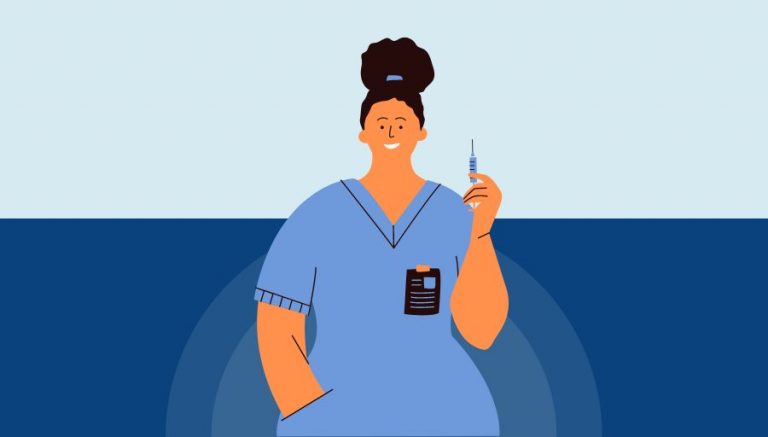How To Use CPT Code 19110
CPT 19110 describes the exploration of the nipple, with or without the excision of a solitary lactiferous duct or a papilloma lactiferous duct. This article will cover the description, procedure, qualifying circumstances, appropriate usage, documentation requirements, billing guidelines, historical information and billing examples.
1. What is CPT Code 19110?
CPT 19110 is a code used to describe the exploration of the nipple, which may or may not involve the excision of a solitary lactiferous duct or a papilloma lactiferous duct. This procedure is typically performed to investigate abnormal nipple discharge and to obtain tissue for further pathological evaluation.
2. Official Description
The official description of CPT code 19110 is: ‘Nipple exploration, with or without excision of a solitary lactiferous duct or a papilloma lactiferous duct.’
3. Procedure
The procedure for CPT 19110 involves the exploration of the nipple through an incision made at the areolar border. The healthcare provider may choose to excise a single lactiferous duct or a papilloma lactiferous duct if it is the source of abnormal discharge and requires further pathological evaluation. The incision is then closed with sutures, and pressure bandages may be applied.
4. Qualifying circumstances
CPT 19110 is typically performed when a patient presents with pathologic nipple discharge, which can be an indication of breast carcinoma. The exploration of the nipple and excision of a lactiferous duct or a papilloma lactiferous duct may be necessary for further pathological studies. This procedure is performed by a healthcare provider who is qualified to perform surgical procedures.
5. When to use CPT code 19110
CPT code 19110 should be used when a healthcare provider performs the exploration of the nipple, with or without the excision of a solitary lactiferous duct or a papilloma lactiferous duct. It is important to note that this code should only be used when the procedure is medically necessary and meets the criteria outlined in the official description.
6. Documentation requirements
To support a claim for CPT 19110, the healthcare provider must document the following information:
- Patient’s symptoms or indication for the procedure
- Details of the exploration, including the incision made at the areolar border
- Whether or not a lactiferous duct or a papilloma lactiferous duct was excised
- Reason for excision, if applicable
- Details of the closure, including the use of sutures
- Any post-procedure instructions or follow-up plans
- Signature of the healthcare provider performing the procedure
7. Billing guidelines
When billing for CPT 19110, it is important to ensure that the procedure meets the criteria outlined in the official description. The exploration of the nipple and excision of a lactiferous duct or a papilloma lactiferous duct should be documented and supported by medical necessity. It is also important to follow any specific billing guidelines provided by the payer or coding guidelines.
8. Historical information
CPT 19110 was added to the Current Procedural Terminology system on January 1, 1990. There have been no updates or changes to the code since its addition.
9. Similar codes to CPT 19110
There are several similar codes to CPT 19110 that describe other procedures related to the breast. These include:
- CPT 19105: Biopsy of breast; percutaneous, needle core, not using imaging guidance
- CPT 19120: Excision of cyst, fibroadenoma, or other benign or malignant tumor, aberrant breast tissue, duct lesion, nipple or areolar lesion (except 19300), open, male or female, one or more lesions
- CPT 19125: Excision of breast lesion identified by preoperative placement of radiological marker, open; single lesion
- CPT 19126: Excision of breast lesion identified by preoperative placement of radiological marker, open; each additional lesion (List separately in addition to code for primary procedure)
9. Examples
- A patient presents with abnormal nipple discharge, and the healthcare provider performs an exploration of the nipple, excising a solitary lactiferous duct for further pathological evaluation.
- A patient undergoes a nipple exploration procedure to investigate the source of persistent nipple pain, but no abnormal lactiferous ducts are found.
- A healthcare provider performs a nipple exploration and excises a papilloma lactiferous duct that was causing recurrent nipple bleeding.
- A patient with a history of breast carcinoma undergoes a nipple exploration procedure to investigate new nipple discharge, and a solitary lactiferous duct is excised for further pathological evaluation.
- A healthcare provider performs a nipple exploration and excises a papilloma lactiferous duct that was causing persistent nipple itching and irritation.
- A patient presents with a palpable lump in the breast, and the healthcare provider performs a nipple exploration, excising a solitary lactiferous duct that was found to be associated with the lump.
- A nipple exploration procedure is performed on a patient with recurrent nipple discharge, but no abnormal lactiferous ducts are identified or excised.
- A healthcare provider performs a nipple exploration and excises a papilloma lactiferous duct that was causing intermittent nipple discharge and discomfort.
- A patient undergoes a nipple exploration procedure to investigate the source of persistent nipple discharge, and a solitary lactiferous duct is excised for further pathological evaluation.
- A healthcare provider performs a nipple exploration and excises a papilloma lactiferous duct that was causing recurrent nipple discharge and tenderness.


